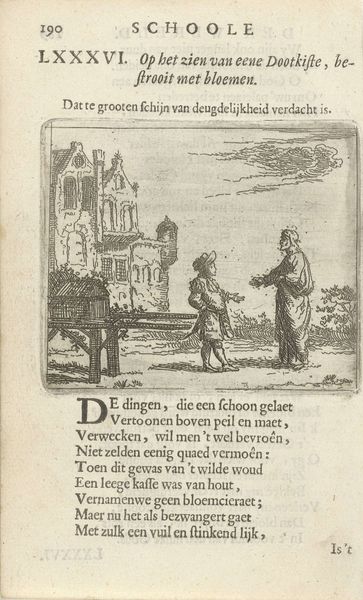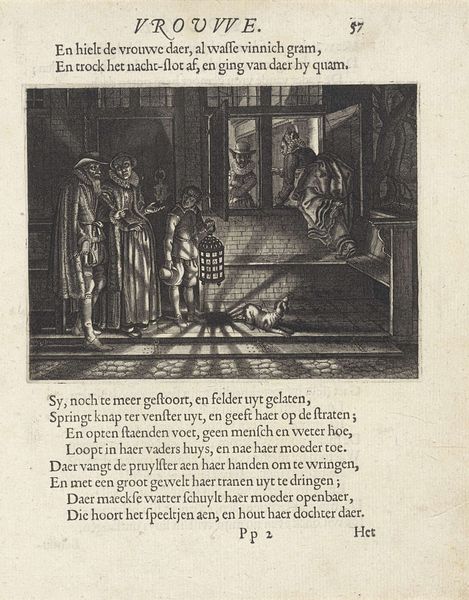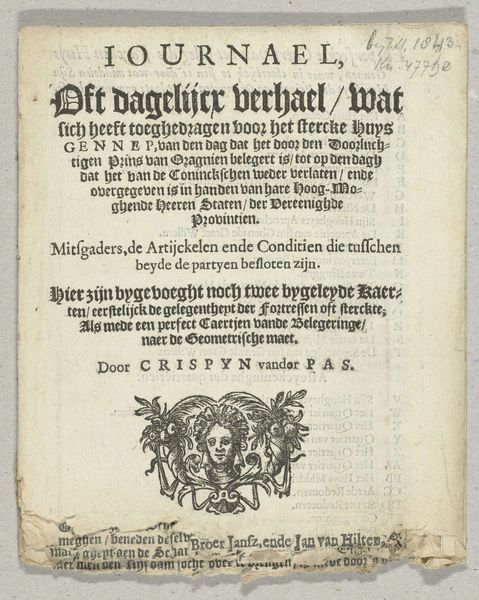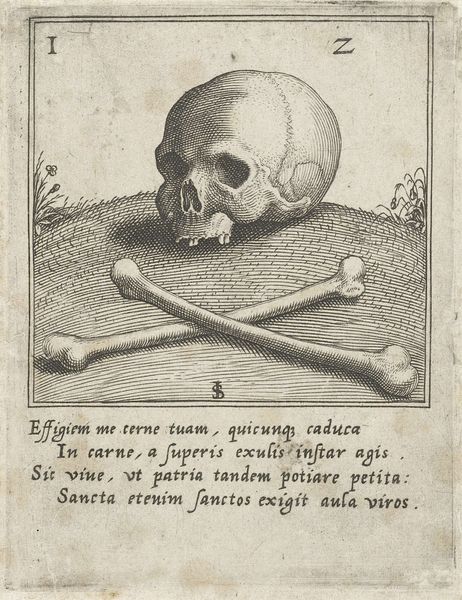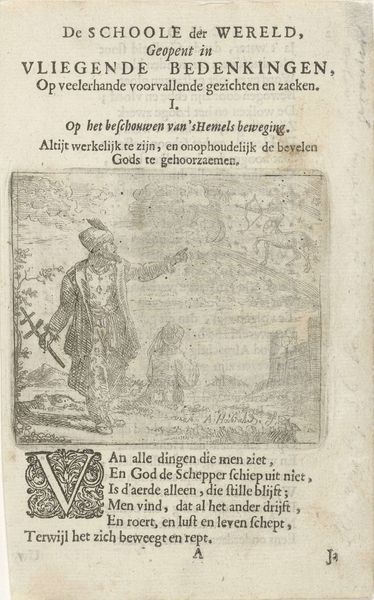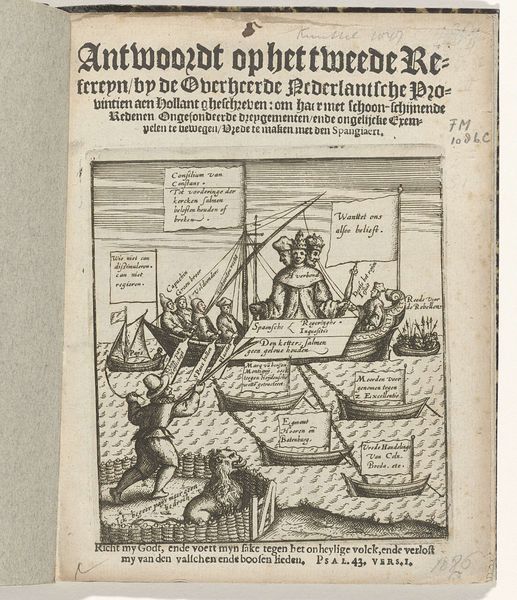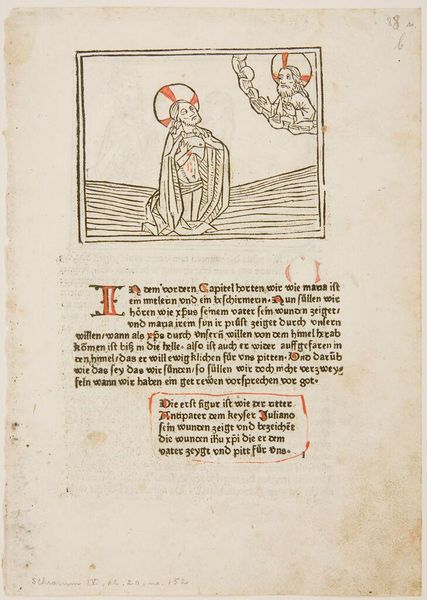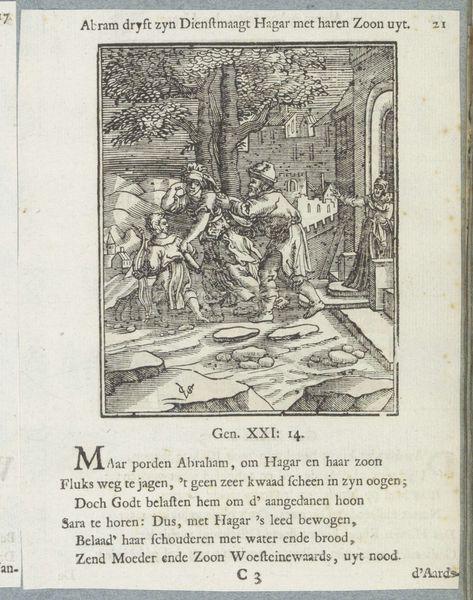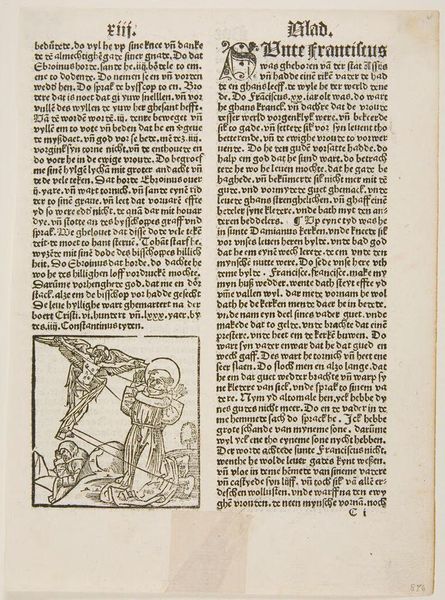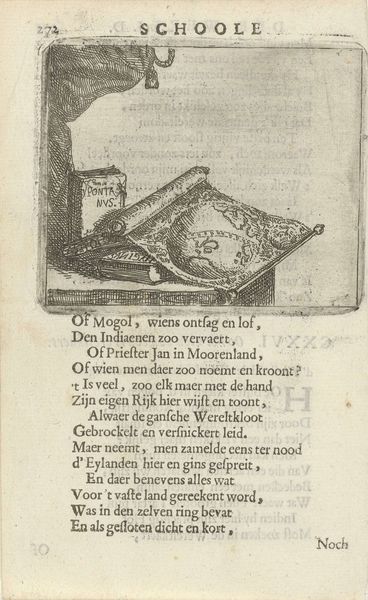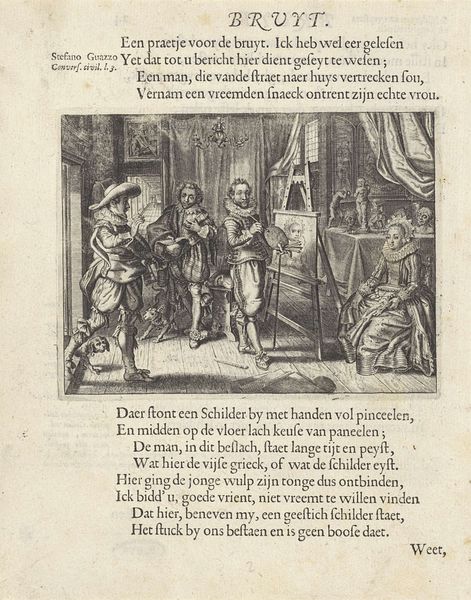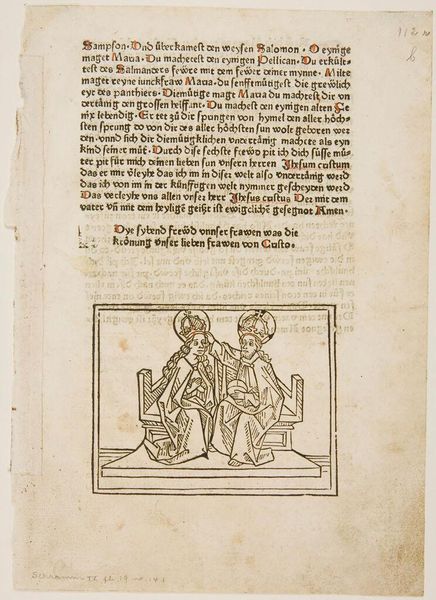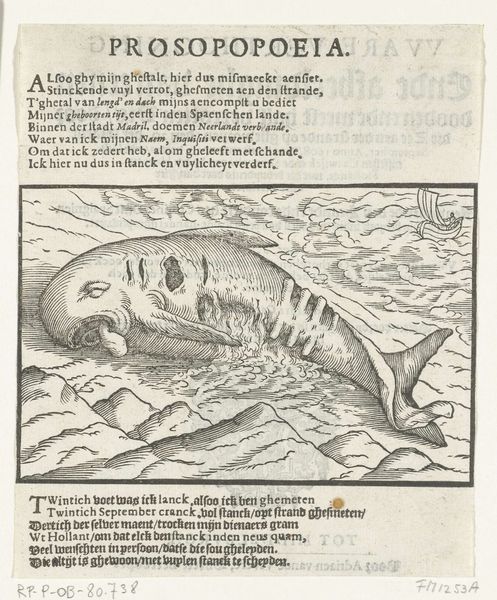
print, engraving
#
baroque
# print
#
momento-mori
#
engraving
Dimensions: height 71 mm, width 83 mm, height 158 mm, width 97 mm
Copyright: Rijks Museum: Open Domain
Editor: Here we have Arnold Houbraken's "Skull on a Table," an engraving from 1682. The starkness of the skull against what looks like a draped table immediately gives off this intense feeling of mortality. What do you see in this piece, beyond that immediate impact? Curator: What I see is a pointed critique embedded in the vanitas tradition. Beyond just being a reminder of death – the *memento mori* theme – this piece is engaging with the specific social conditions that made such symbols necessary. Who had the leisure to contemplate mortality? Whose labor allowed for such contemplation? Editor: So, it’s not just about death, but who gets to think about it? Curator: Precisely. The poem surrounding the image emphasizes "serious reflection," and questions how death might tame one's desires. But we have to ask: for whom is unrestrained desire a real option? And to what extent are these symbols actually comforting rather than unsettling oppressive systems of power? Is this memento mori meant to curb hedonism, or to justify the disparities of 17th-century Dutch society by saying "everyone dies eventually"? Editor: That gives the artwork another layer of interpretation to consider beyond its immediate impression! Thanks for expanding on that! Curator: Of course. Remember to question not just what an artwork represents, but whose interests it ultimately serves. Thinking intersectionally makes us much better readers of art history.
Comments
No comments
Be the first to comment and join the conversation on the ultimate creative platform.
